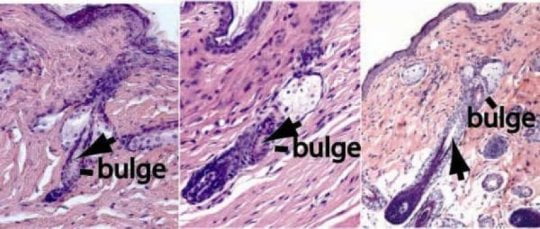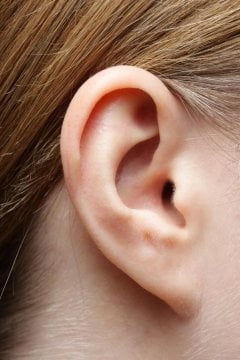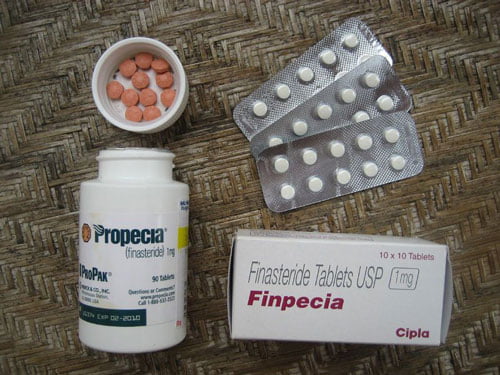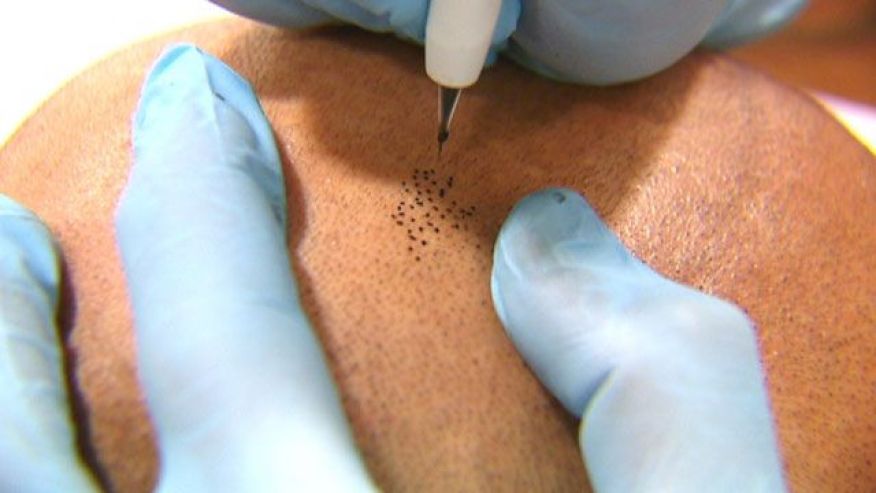For nearsighted kids, having to frequently get new prescription glasses can be a hassle for both the child and the parents. However this is the reality for many families, because at certain stages of childhood the eyes tend to change more rapidly.
But what if we could slow down how fast a child’s nearsightedness develops?
This may one day be the case, according to researchers in Singapore. They found that a low concentration of atropine drops — medication commonly used to treat lazy eye — can also be effective for nearsightedness, or myopia. In a five-year clinical trial investigators there showed that 0.01 percent atropine drops safely slowed down the progression of myopia by about 50 percent with almost no side effects.
“For a long time we’ve known that atropine drops can help keep myopia from getting worse to some degree. We now have data showing that it is not only effective, but also safe,” said Dr. Donald T. Tan, RCS, FRCOphth, lead investigator and professor of ophthalmology at the Singapore Eye Research Institute and the Singapore National Eye Centre.
The findings suggest that this medication could potentially be an effective treatment in the fight against the global surge in nearsightedness.
“Combined with other interventions, this treatment could become a great ally in preventing myopia from causing serious visual impairment in children worldwide,” Dr. Tan said.
The Myopia “Epidemic”
Nearsightedness has risen dramatically over the last few decades and remains a leading cause of visual impairment globally. In the United States, an estimated 42 percent of the population is myopic, up from 25 percent in the 1970s. Developed Asian countries report myopia rates of 80 to 90 percent among young adults.
The main concern over myopia is not just about how many people around the globe need glasses or contact lenses to see. People with severe nearsightedness, or “high myopia,” possess a greater risk of serious complications such as retinal detachment, macular degeneration, premature cataracts and glaucoma.
Many ophthalmology researchers investigating myopia hope that by lowering the number of people with high myopia, they can limit how many suffer these complications. One hope could be the drug atropine.
Familiar Drug, New Use
For many years, ophthalmologists have used atropine drops at 1 percent to treat lazy eye, or amblyopia, as an alternative to eye patching. Doctors in Asia, where the myopia epidemic is worst, started looking into whether atropine drops could help stave off myopia progression as far back as the 1980s, according to Dr. Tan. But until the early 2000s, no serious studies had been done evaluating the efficacy or safety of using this medication. This left individual doctors to prescribe it for myopia at varying concentrations, if at all.
When used at high concentrations, atropine dilates the pupil for a week or so, causing undesirable side effects. These include blurry vision while reading up close and light sensitivity. Children using the drug had to wear bifocals and sunglasses, while others developed a skin allergy. These side effects made the drug an unpopular choice, particularly in the United States.
“What child wants to have their pupils dilated, with light sensitivity and an inability to read without bifocals, for most of their childhood?” said David Hunter, M.D., Ph.D., chief ophthalmologist at Boston Children’s Hospital and a professor at Harvard Medical School. “The exciting thing about this latest study is it shows that with the lower concentration, these side effects are minimal.”
This most recent research evaluated low, medium and high doses over a relatively long period of five years. Dr. Tan’s group found that the lowest dose actually resulted in the least nearsightedness over that span of time. Pupil dilation was less than a millimeter, with little to no loss of near vision that could disrupt reading books or seeing other objects up close.
More Research Needed
However, the exact mechanism of how atropine works to delay myopia remains unknown. Experts say more research is still needed to determine when treatment can safely begin and how long the drops should be used. Additional studies on atropine for myopia progression to be conducted in Europe and Japan may help find those answers.
“This is a promising method of slowing the progression of myopia. It works well in my own practice,” said K. David Epley, M.D., a pediatric ophthalmologist from the Seattle area and a clinical spokesperson for the American Academy of Ophthalmology.
“With the rates of myopia skyrocketing, it may very well become a mainstay of treating children with myopia.”
Dr. Tan’s research was presented in November at the American Academy of Ophthalmology’s annual meeting, AAO 2015.
[Source:- AAO]


















